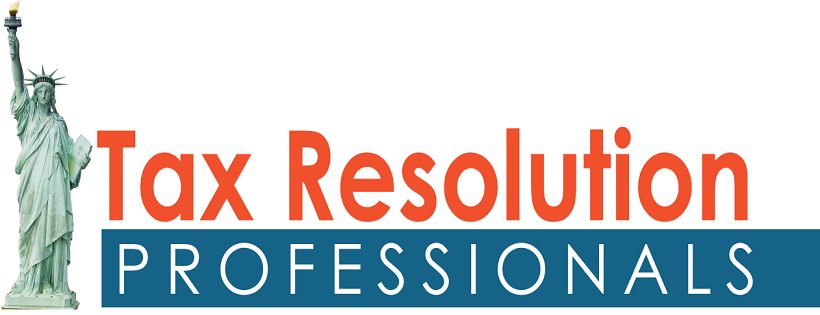State and local governments have long been willing to spend significant sums on sports stadiums and arenas, often at the expense of taxpayers. According to recent estimates, public funds have accounted for a substantial portion of the cost of major-league sports venues in the United States and Canada.
A Growing Trend
The trend of public subsidies for sports stadiums shows no signs of abating. Numerous cities across the country are currently considering or have already approved proposals to allocate public funds for new stadium construction. These subsidies often come at a significant cost to taxpayers, who are ultimately responsible for financing these projects.
The Financing Mechanisms
To fund stadium subsidies, state and local governments typically employ a combination of strategies:
- Bond Issuance: Governments often issue bonds to raise the necessary funds, which are then repaid over a specified period.
- Tax Increases: To cover the debt service on these bonds, governments may implement new or increased taxes, such as sales taxes, excise taxes, or property taxes.
The Hidden Costs
While the direct costs of stadium construction are significant, the overall burden on taxpayers can be even greater. These projects often require additional infrastructure, such as new roads, utilities, and parking, which further increase the public investment. Moreover, the opportunity cost of these subsidies should be considered. The funds allocated to sports stadiums could have been used to address other pressing public needs, such as education, healthcare, or infrastructure.
The Question of Economic Benefits
Proponents of stadium subsidies often argue that they provide economic benefits to the host city, such as job creation, increased tourism, and higher property values. However, empirical evidence suggests that these benefits are often overstated. Studies have shown that the economic impact of sports stadiums is often minimal and can even be negative.
The Political Motivations
The persistence of stadium subsidies can be attributed to several factors. Elected officials may be motivated to support these projects to gain political favor or to avoid the negative consequences of losing a team to another city. Additionally, sports teams often exert significant lobbying pressure on policymakers, advocating for public subsidies.
A Need for Reform
The continued use of taxpayer funds to subsidize sports stadiums is a controversial issue. Many argue that it is unfair to burden taxpayers with the costs of projects that primarily benefit private interests. There is a growing call for reforms to address this problem, such as limiting public funding for sports stadiums or implementing stricter accountability measures.
Conclusion
The practice of subsidizing sports stadiums with taxpayer funds is a complex issue with significant implications for public finances. While these projects may provide some intangible benefits, the costs often outweigh the rewards. It is essential for policymakers to carefully consider the economic and social consequences of such investments before making decisions that impact taxpayers.
